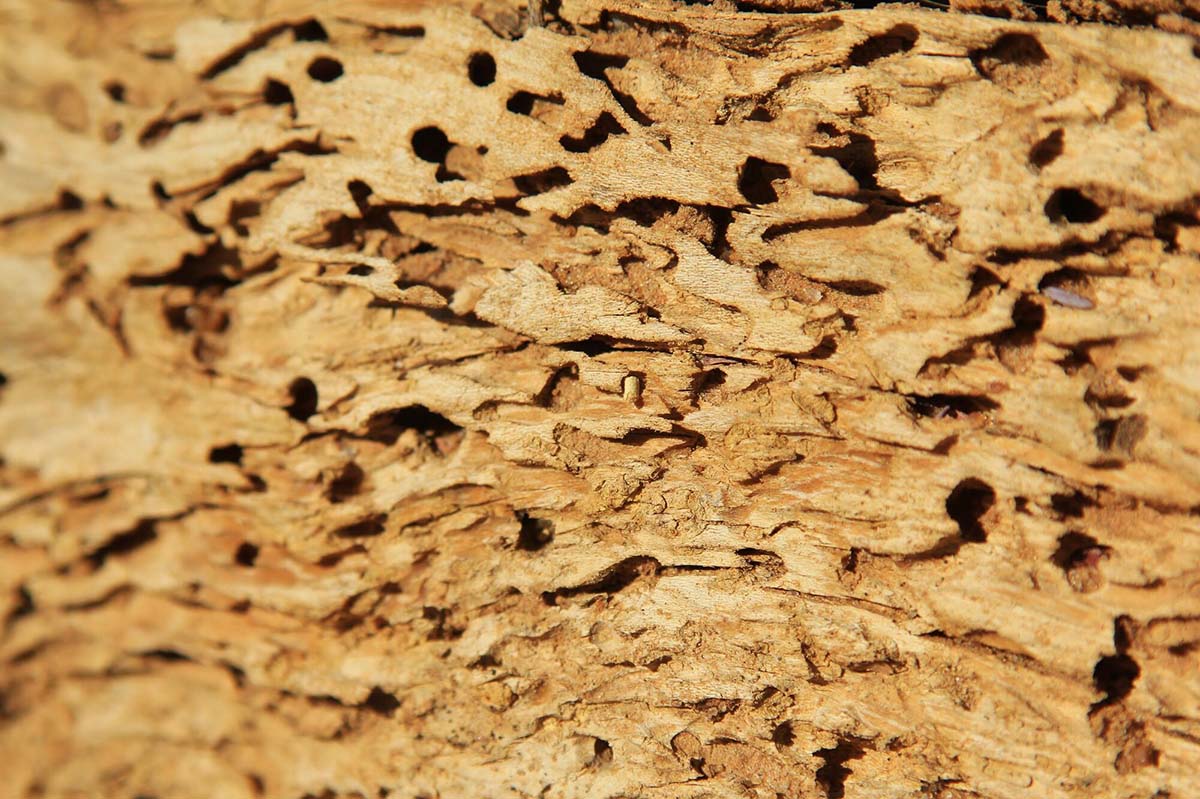How to Prevent Drywood Termites: 7 Tips for Homeowners
Every homeowner dreads dealing with a termite infestation. Read here to find out how to prevent drywood termites from invading your home.


Have you heard that around 600,000 homes in America get harmed by termites each year?
Termites, despite their small size, pose significant threats to the structural integrity of homes. This is why homeowners can’t afford to ignore this threat until it becomes a reality.
What can homeowners do to keep termites at bay? Read on to learn how to prevent drywood termites.
1. Regular Inspections for Termite Infestations
Conducting regular and thorough inspections of your home is paramount for detecting any signs of termite activity early on. Termite infestations often go on for a while before homeowners can see significant damage that they can’t reverse. This is why it’s essential to be vigilant and inspect areas prone to termite activity, such as the following places:
- Attics
- Crawl spaces
- Wooden structures, both indoors and outdoors
Look out for discarded wings, termite droppings (frass), or any wood that has a hollow sound when you tap it. Consider seeking professional assistance for complete termite inspections if necessary. You should also keep a detailed record of inspection dates and findings to track any changes or patterns over time, which allows for early intervention and prevention of termite infestations.
2. Seal Entry Points for Pest Prevention
Drywood termites can infiltrate homes through minuscule cracks and gaps in the foundation or walls. To prevent their entry, inspect and seal any potential entry points around your home with great attention to detail. Use high-quality caulk to seal cracks in the foundation and gaps around windows and doors.
It’s also wise to address any instances of damaged or rotting wood right away, as termites are drawn to moisture and weakened wood. Monitor the condition of sealants on a regular basis and make necessary sealant repairs or replacements to preserve the integrity of the barriers against termite intrusion.
Consider teaming up with a professional contractor for masterful guidance on sealing techniques and materials tailored to your home’s specific needs.
3. Stay on Top of Moisture Management
Termites love places that have high moisture levels. This makes moisture management a crucial aspect of termite prevention. To deter all types of termites, it’s essential to reduce moisture levels around your home.
Repair any plumbing or roofing leaks to prevent excess moisture buildup as soon as possible. Make sure that gutters and downspouts move water away from your foundation to prevent water accumulation near the structure. You’ll also need enough ventilation in the following areas prone to moisture accumulation:
- Attics
- Basements
- Crawl spaces
Consider installing dehumidifiers or moisture barriers in susceptible areas for enhanced moisture control. Keep an eye on moisture levels using moisture meters and address any fluctuations right away. This will make it easier to maintain optimal conditions that prevent termites.
4. Control the Vegetation Around Your Home
Overgrown vegetation around the perimeter of your home can give termites a bridge for easy access to your property. To lower the odds of a termite infestation, maintain a clear gap between your home and landscaping by trimming the following things on a regular basis:
- Trees
- Shrubs
- Other vegetation
Pay particular attention to overhanging branches that may provide direct access to your home’s exterior. You should also create a barrier of gravel or mulch between your home’s foundation and any landscaping to deter termite movement toward the structure.
Creating a regular landscaping maintenance schedule and consulting with a professional landscaper can help ensure effective vegetation control strategies. You can tailor them to your home’s layout and landscaping features.
5. Invest in Materials That Deter Termites If Possible
If you’re in the process of constructing or renovating your home, prioritize the use of materials that are inherently resistant to termite infestation. Opt for the following materials whenever possible:
- Pressure-treated wood
- Metal barriers
- Concrete
The benefit is that these materials can deter termites from invading your home. You may also want to consider using naturally termite-resistant wood species, such as cedar or redwood, for outdoor structures or wooden components of your home.
By incorporating termite-resistant materials into your home’s construction or renovation, you can lower the risk of termite infestation in a proactive way and ensure long-term structural integrity. Get in touch with a professional builder or architect to explore available termite-resistant material options and incorporate them into your home design plans.
6. Install Mesh Screens to Create a Breathable Barrier
Preventing termites from gaining entry into your home through the following is essential for effective termite prevention:
- Vents
- Weep holes
- Other openings
Installing mesh screens over these openings can serve as a physical barrier that will block termite access while allowing for adequate ventilation. Ensure that mesh screens are installed in a secure way. Take a look at their condition every once in a while to spot any signs of mesh damage or deterioration.
You should also consider reinforcing vulnerable areas with extra sealing or barriers to further enhance termite protection. Collaborate with a licensed contractor or pest control professional to assess your home’s ventilation needs. After, you can implement appropriate mesh screen installation methods tailored to your home’s architecture and layout.
7. Get Pest Control Services on a Regular Basis
Every homeowner can benefit from the help of a professional pest control company. Getting professional termite inspections and treatments on a regular basis is an integral part of complete termite prevention. Professional pest control experts possess the expertise, experience, and specialized tools needed to identify and eliminate termite infestations.
Schedule routine inspections to assess your home’s susceptibility to termite infestation and implement targeted treatments as necessary to safeguard against potential threats. You should also think about taking long-term termite prevention measures. This could include barrier treatments or bait systems that can provide continuous protection against drywood termites and other pests.
Collaborate with your chosen pest control provider to develop a customized termite prevention plan. They can tailor it to your home’s unique characteristics and pest control needs.
Every Homeowner Needs to Know How to Prevent Drywood Termites
Learning how to prevent drywood termites can save homeowners tons of money and stress. Using these termite tricks can give you peace of mind when it comes to the wellness of your property.
Are you on the lookout for superb pest control services in California? Contact Fast Action Pest Control to book your visit. Our company has won the Best Of HomeAdvisor because you can always count on us.


